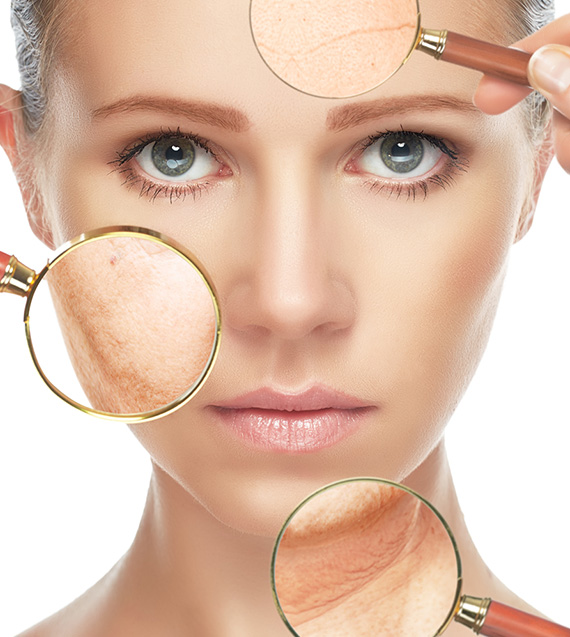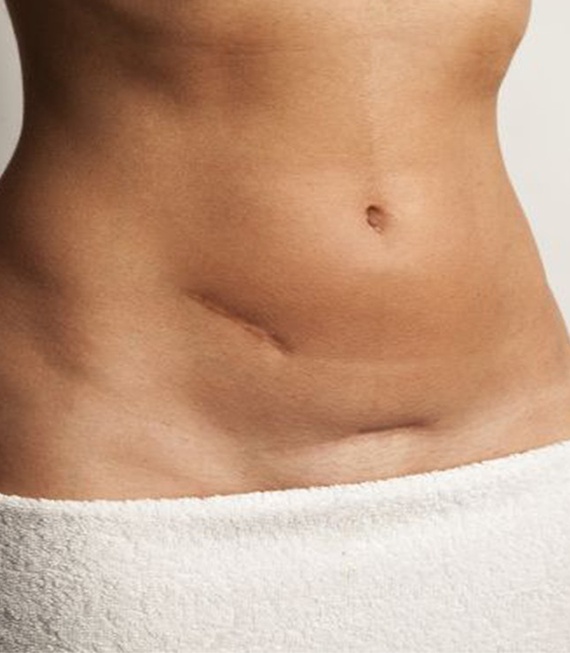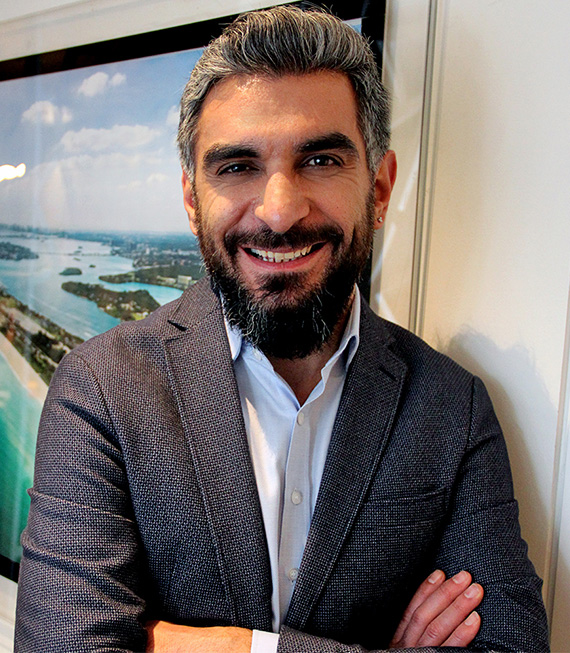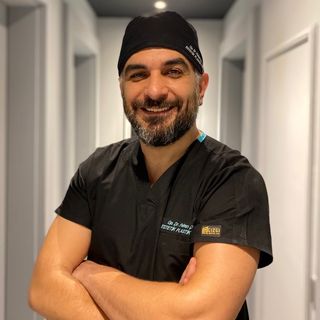
SCAR TREATMENT DETAILS
Scar treatments includes procedures to minimize scarring. Scars are the image that remains after the injury has healed. They are the inevitable result of an injury or surgery and their evolution can be unpredictable. Poor healing can result in an inconspicuous scar. Even a healed wound can leave a scar; it may differ in color or texture from the surrounding healthy tissue. Scar aesthetics may include the following treatments, depending on the type and degree of scarring:
- Simple topical treatments
- Surgical revision of wound closure with advanced techniques
- Scar revision (in cases where the scar cannot be completely removed)
With surgery and other treatments recommended by your plastic surgeon, discoloration, surface irregularities and other scars can be cosmetically improved. Although these scars do not cause loss of function or physical discomfort, they can be visually distracting.
Although scars are a natural part of the skin’s healing process, they can be a source of discomfort, especially aesthetically. Most small scars are almost invisible if given time to heal. For large, thick, indented scars, however, scar treatment is necessary.
WHO CAN BENEFIT FROM SCAR TREATMENT?
Scar treatment is a highly individualized procedure and if you are going to undergo this procedure, you must want it yourself. You do not have to satisfy someone else’s desires or try to match some ideal image.
Scar treatment can be performed on people of any age who are uncomfortable with a scar on their body, who have a positive outlook and realistic goals for scar treatment, and who do not have active acne or other skin diseases in the treatment area.


WHAT TYPE OF SCARS CAN BE TREATED?
The type of scar you have will allow your plastic surgeon to determine which technique to use for scar treatment.
Hypertrophic scars are thick scars that develop directly on the site of a wound. They are red in color and uncomfortable; they may even develop over time. They can be dark or light in color.
Keloids are larger than hypertrophic scars. They can be painful or itchy and have a rough appearance. They develop over an original wound. Keloids can be found anywhere on your body, but they are more common in certain areas such as the face, neck, ears, chest or shoulders.
Contractures are scars that appear during healing and limit the movement of the skin. They can occur when there is significant tissue loss, such as in burns. If contractures occur in mobile areas such as the fingers, elbows, knees and neck, they can lead to a severe loss of function.
HOW IS SCAR TREATMENT PERFORMED?
Anesthesia is administered to prevent the patient from feeling pain during surgical procedures. Options include local anesthesia, sedation and general anesthesia. Your doctor will make the best choice for you. The degree of improvement that can be achieved by examining the scar depends on the severity, type, size and location of the scar. In some cases, significant improvement can be achieved with a single technique, or your plastic surgeon may recommend a combination of scar aesthetics techniques to achieve the best result.
Topical treatments such as gels and patches can help with wound closure and healing; they can reduce the amount of irregular pigment production in the skin. These types of products can be used to treat existing scars and skin discoloration and to help the area heal after a cosmetic procedure.
Injectable treatments can also be used for scar treatments. Dermal fillers can be used to fill pitted scars. Depending on the injectable material used and the condition of the wound, results will appear over a period ranging from three months to several years. Repeat sessions are required to achieve lasting results. Another type of injection involves the administration of steroids to reduce collagen formation and favorably alter the appearance, size, and texture of the scar tissue.


RISKS AND COMPLICATIONS OF THE SCAR TREATMENT
The decision to undergo cosmetic scar surgery is a very personal one and should be based on whether you can achieve your goals through the results and whether the risks and complications are acceptable. Your plastic surgeon will explain in detail the risks associated with the surgery. You will be asked to sign consent forms so that you fully understand the procedure, alternatives, possible risks and potential complications.
HEALING PROCESS FOR SCAR AESTHETICS
Once the procedure is complete, bandages and dressings can be applied to keep the procedure area clean. It is critical to the success of the surgery that you follow your doctor’s specific medications and recommendations to help you heal after the surgery and that you follow your doctor’s instructions. It is important that the wound is not exposed to excessive force, friction, movement or sunlight during surgical healing.



